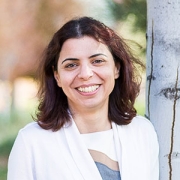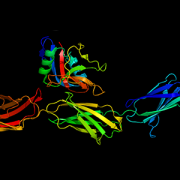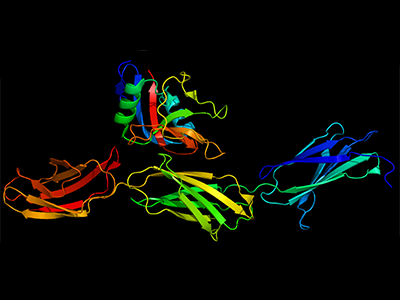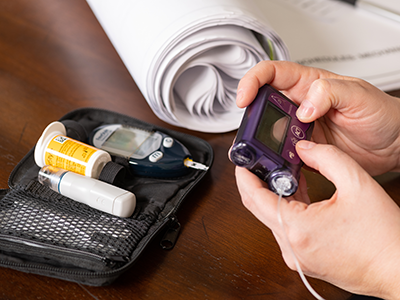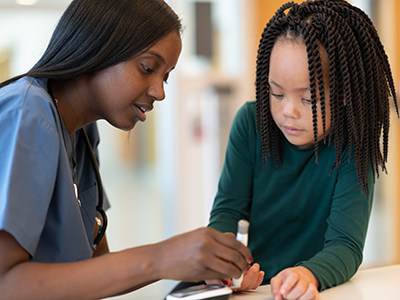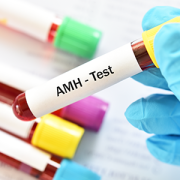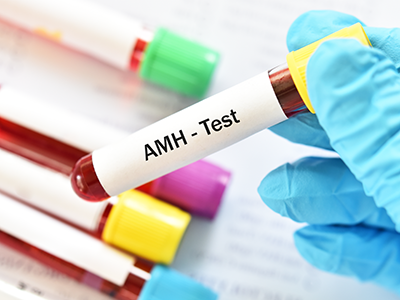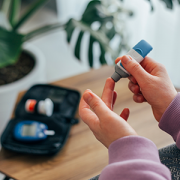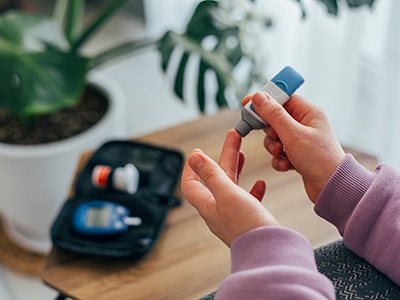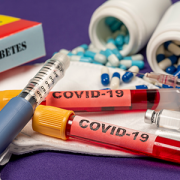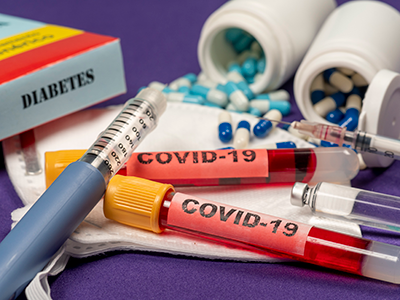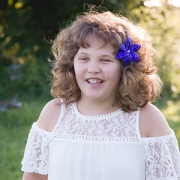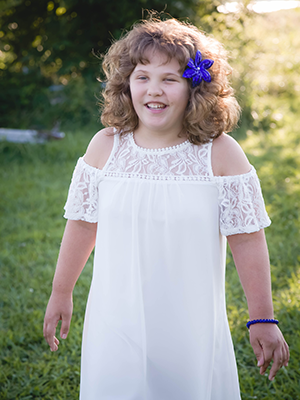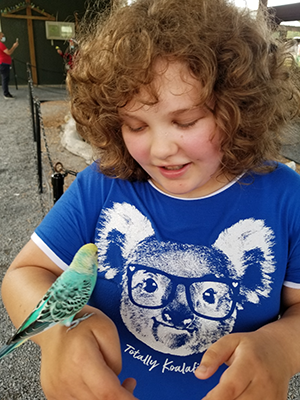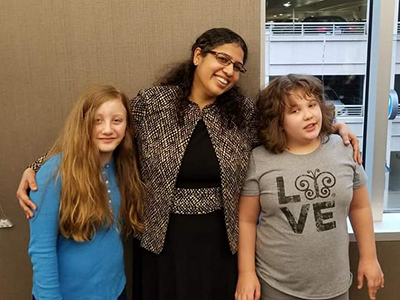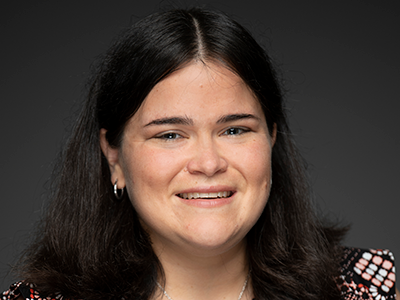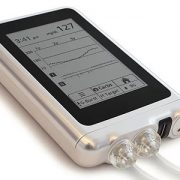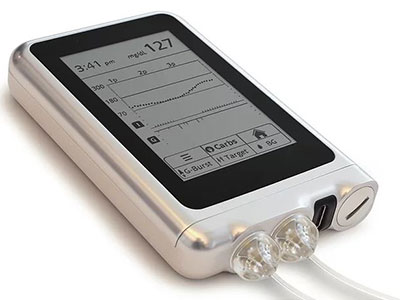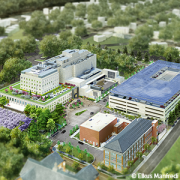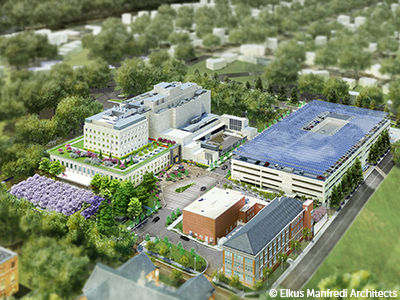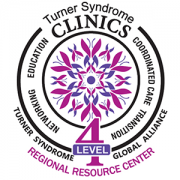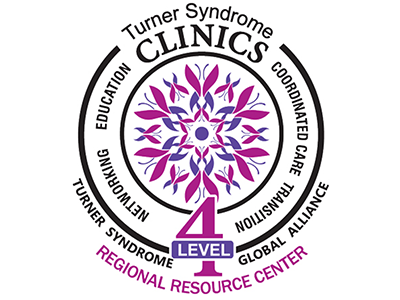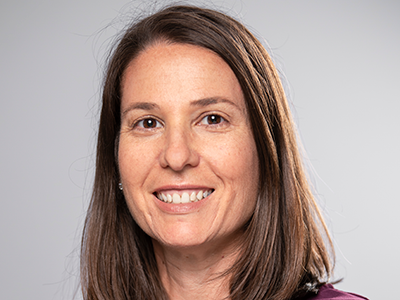Shideh Majidi, M.D., M.S.C.S, brings focus on psychosocial research in diabetes patients to Children’s National

Dr. Majidi specializes in Type 1 diabetes and has been involved in innovative research studying behavioral and psychosocial aspects of health care such as anxiety, depression and suicide and improving high-risk patient management for children with the disease.
Children’s National Hospital welcomes Shideh Majidi, M.D., M.S.C.S., as the new associate director of the Childhood and Adolescent Diabetes Program. Dr. Majidi specializes in Type 1 diabetes and has been involved in innovative research studying behavioral and psychosocial aspects of health care such as anxiety, depression and suicide and improving high-risk patient management for children with the disease.
Dr. Majidi comes to Children’s National from the Barbara Davis Center for Diabetes where, in addition to providing clinical care in the Pediatric Diabetes Division, she was the assistant professor of pediatric endocrinology, head of the depression screening and high-risk task force committees, developer and director of an online class for children managing their Type 1 diabetes and a member of several committees focusing on program evaluation and residency and fellowship recruitment.
When Andrew Dauber, M.D., M.M.Sc., took over the role of division chief of Endocrinology, his goal was to create a clinical endocrinology research program to provide cutting-edge treatment for families. Dr. Dauber is excited to have Dr. Majidi bring her expertise to the team to further this goal. “Dr. Majidi has played a key role in national cooperative research on quality improvement in pediatric diabetes care and is now leading an international collaborative focused on preventing suicide in individuals with Type 1 diabetes,” says Dr. Dauber. “Her compassion, intellect and commitment to improving care for all children with diabetes is an inspiration to us all.”
Dr. Majidi will continue to serve in her roles as site co-lead for Type 1 Diabetes Exchange Quality Improvement Collaborative, where she recently led a 2021 study exploring inequities in access to and outcomes of health care for those with Type 1 diabetes, and co-chair for RESCUE, which aims to reduce suicide rates among individuals with diabetes.
She is dedicated to meeting patients and families where they are to help provide the best care. “We may think we see a lack of effort in diabetes care from patients and families, but we need to reframe our mindset and dig deeper to determine what barriers are in the way of diabetes management– behavioral, psychosocial or otherwise,” says Dr. Majidi. “When we do this, we can then work on how to help families manage and overcome the barriers that affect their diabetes care.”


